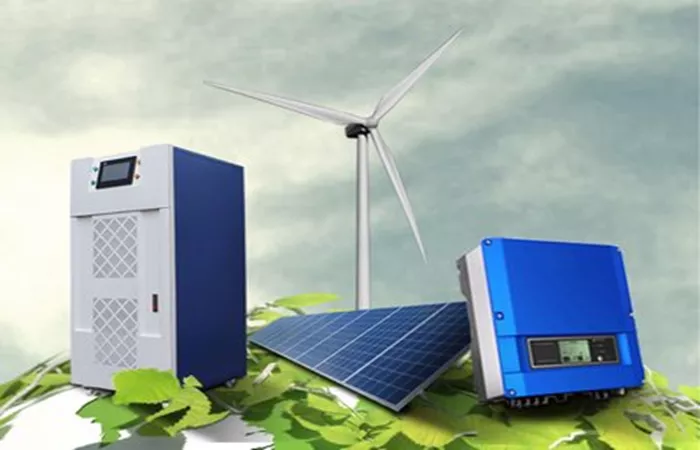Liu Ke, Foreign Fellow of the Australian Academy of Technological Sciences and Engineering and Dean of the School of Innovation and Entrepreneurship at Southern University of Science and Technology, has identified carbon neutrality and green transformation as China’s next major economic driver following real estate. “The energy transition represents the only sector with sufficient scale to match the economic impact of property,” Liu stated at a recent conference.
Challenges in Renewable Energy Adoption
While acknowledging wind and solar as China’s primary renewable energy sources, Liu highlighted critical limitations:
- Limited annual utilization: 1,200 operational hours in Greater Bay Area
- Even in optimal locations like Yulin and Ordos: only 1,700+ annual hours
- Storage technology remains the crucial bottleneck
“Battery storage alone cannot solve the problem,” Liu cautioned, offering an analogy: “It’s like trying to contain Yangtze River floodwaters with plastic buckets.”
Pumped Hydro Storage: The Most Viable Solution
Liu identified pumped hydro as the most cost-effective solution for gigawatt-scale energy storage, despite environmental concerns that have led some Western countries to dismantle existing dams. “The optimal approach involves mountainous terrain,” he explained, proposing an innovative method:
- Utilizing drones to identify natural mountain depressions
- Creating water reservoirs with evaporation-prevention technologies
- Developing specialized technical patents for the system
“This direction may offer the most economical large-scale storage technology moving forward,” Liu concluded, emphasizing the need for China to balance renewable energy expansion with practical storage solutions to ensure grid stability during its energy transition.
Related topics:
- XRP Futures Launch on CME Boosts Institutional Outlook Amid Regulatory…
- Cattle Futures Hit Record Highs Amid Tight Supply, Hog Prices…
- CME Bitcoin Futures Drop Amid Trump’s Trade Comments and Global…


